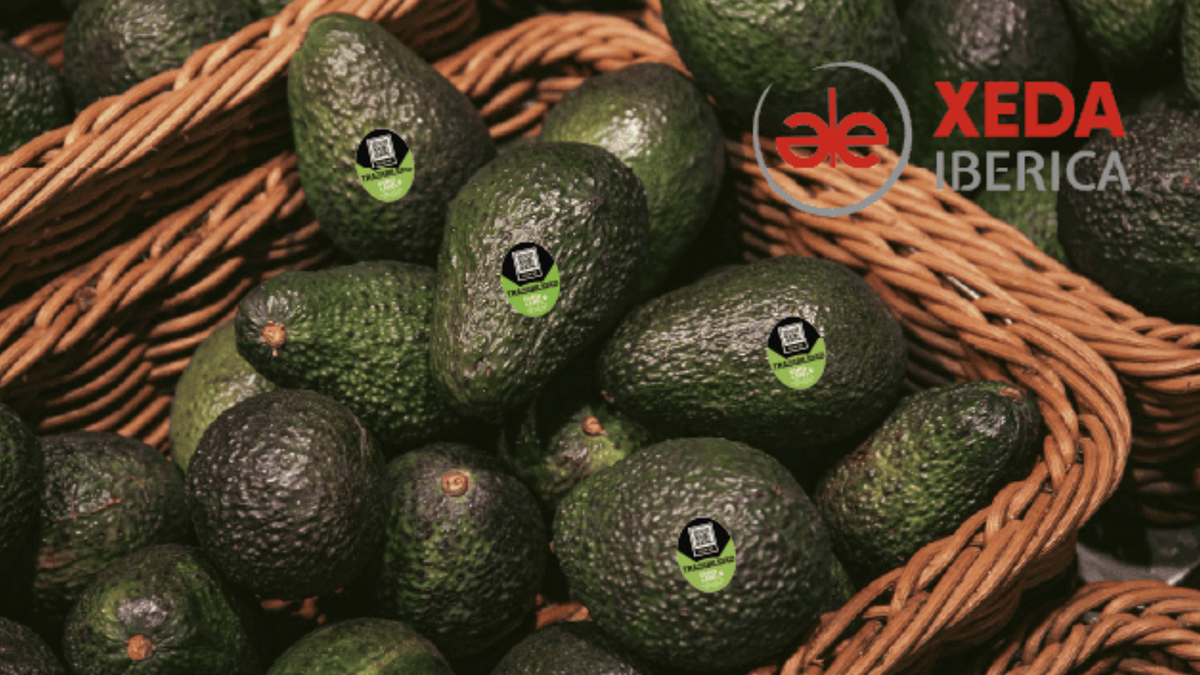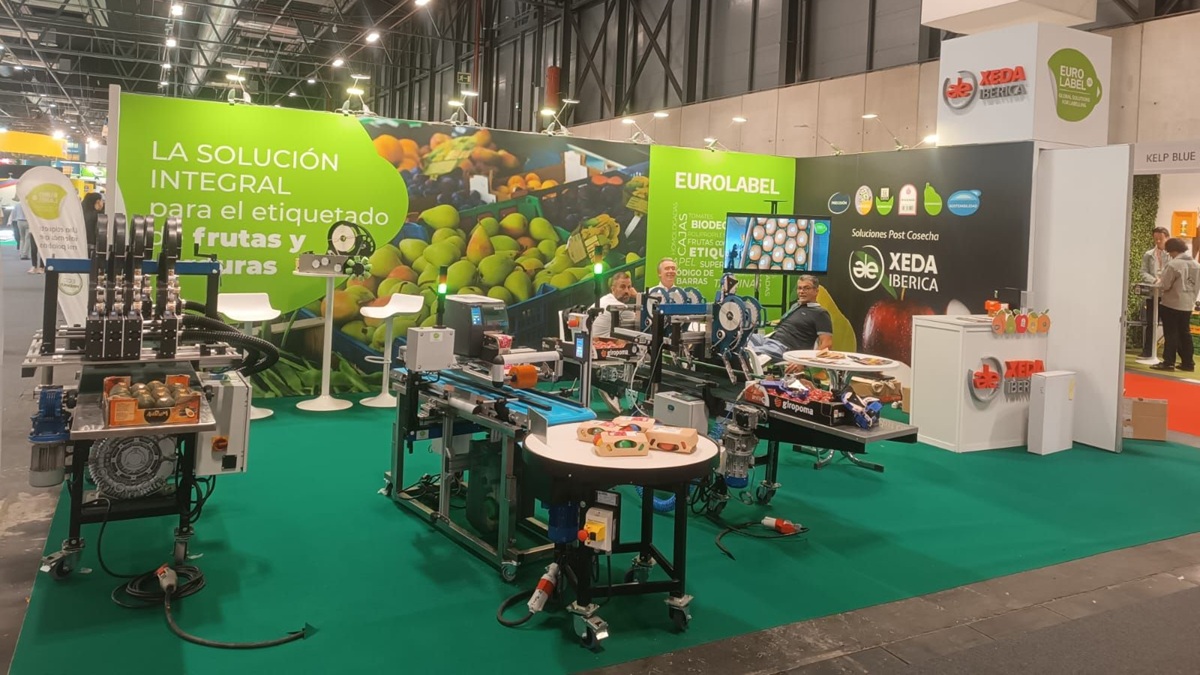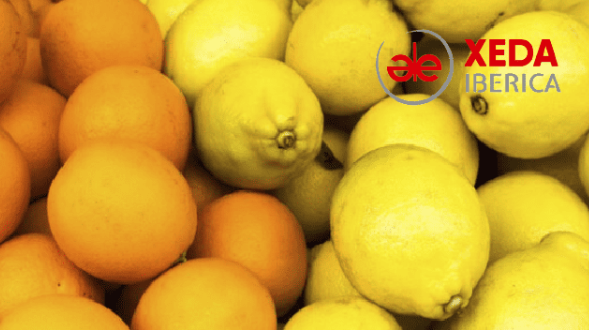Packaging , Phytosanitaries
Thermotherapy as a Physical Strategy for Citrus Rot Control
What is Thermotherapy? Thermotherapy or hydroheater applied to post-harvest involves treating fruits with hot water at temperatures between 40-60°C for a specific duration ranging between 20 seconds and three minutes. It is a technique known for some time and widely used in other fields such as disinfection of plant reproductive material, although its use in post-harvest is not as widespread. Presently, due to market demands regarding food safety (fewer available products, low residues, etc.), the advantages it offers have sparked renewed interest. Numerous studies and scientific publications confirm that in this technique, temperature and contact time are key factors in its effectiveness, always depending on the type and variety of fruit being treated. Application of Thermotherapy in Citrus For oranges, temperatures around 50°C and contact times between one and one and a half minutes are used. Conversely, lemons are more sensitive, with the recommended temperature being 40°C. Heating the flavedo (the colored part of the peel) a few millimeters is sufficient to have an effect. Given that fungicide absorption doubles for every 10°C increase in temperature, this technique allows for reduced doses to achieve the same effect, thus avoiding exceeding permissible residue limits. Furthermore, it can be combined with additional conventional or ecological chemical treatments, thereby enhancing its effect. Benefits of Thermotherapy The direct effects of thermotherapy on pathogens are varied, depending on the species. These effects include inhibiting conidia germination, germination tube growth, destruction of hyphae, changes in the nucleus, cytoplasm, and cell walls of spores. Indirect effects include inducing a longer-lasting resistance in the plant's own antifungal compounds, promoting lignin synthesis, epicuticular wax production that protects wounds, phytoalexin promotion, promoting chitinase biosynthesis, heat shock protein production, etc. Therefore, thermotherapy reduces fungal diseases, has a sanitizing effect, decreases residues, and enhances the effectiveness of the products used. Thermotherapy Equipment There are various equipment types for thermotherapy, ranging from inline hot water showers, immersion from pallet to pallet in a hot water tank, to passage through single or double cabins, allowing treatment of 40 or 60 tons per hour, depending on the cycle duration, one or one and a half minutes. Similar to air pre-cooling chambers, they feature systems that force water to circulate among the fruits to ensure proper contact and prevent heat loss. Therefore, thermotherapy is a rapid and efficient treatment with low risk.
27 November, 2023
What is Thermotherapy?Thermotherapy or hydroheater applied to post-harvest involves treating fruits with hot water at temperatures between 40-60°C for a specific duration ranging between 20 seconds and three minutes. It is a technique known for some time and widely used in other fields such as disinfection of plant reproductive material, although its use in post-harvest is not as widespread. Presently, due to market demands regarding food safety (fewer available products, low residues, etc.), the advantages it offers have sparked renewed interest. Numerous studies and scientific publications confirm that in this technique, temperature and contact time are key factors in its effectiveness, always depending on the type and variety of fruit being treated. Application of Thermotherapy in CitrusFor oranges, temperatures around 50°C and contact times between one and one and a half minutes are used. Conversely, lemons are more sensitive, with the recommended temperature being 40°C. Heating the flavedo (the colored part of the peel) a few millimeters is sufficient to have an effect. Given that fungicide absorption doubles for every 10°C increase in temperature, this technique allows for reduced doses to achieve the same effect, thus avoiding exceeding permissible residue limits. Furthermore, it can be combined with additional conventional or ecological chemical treatments, thereby enhancing its effect. Benefits of ThermotherapyThe direct effects of thermotherapy on pathogens are varied, depending on the species. These effects include inhibiting conidia germination, germination tube growth, destruction of hyphae, changes in the nucleus, cytoplasm, and cell walls of spores. Indirect effects include inducing a longer-lasting resistance in the plant's own antifungal compounds, promoting lignin synthesis, epicuticular wax production that protects wounds, phytoalexin promotion, promoting chitinase biosynthesis, heat shock protein production, etc. Therefore, thermotherapy reduces fungal diseases, has a sanitizing effect, decreases residues, and enhances the effectiveness of the products used. Thermotherapy EquipmentThere are various equipment types for thermotherapy, ranging from inline hot water showers, immersion from pallet to pallet in a hot water tank, to passage through single or double cabins, allowing treatment of 40 or 60 tons per hour, depending on the cycle duration, one or one and a half minutes. Similar to air pre-cooling chambers, they feature systems that force water to circulate among the fruits to ensure proper contact and prevent heat loss. Therefore, thermotherapy is a rapid and efficient treatment with low risk. About Xeda IbéricaXeda Ibérica S.L. is a subsidiary of Xeda Internacional, S.A., founded in 1986. Its primary focus lies in the post-harvest sector, where it markets a wide range of phytosanitary and natural products (continuously under development), notably present in the citrus, pear, apple, and potato sectors. With over 20 years of experience, it provides services in horticulture and disinfection, exclusively distributing Pulsfog thermal fogging machines for Spain and Portugal. These machines are manufactured by PulsFOG Dr. Stahl & Sohn GmbH, headquartered in Überlingen, Germany.
https://youtu.be/VhN2rLvFoLc?si=lkjvZ8IoyvPgcQu_












